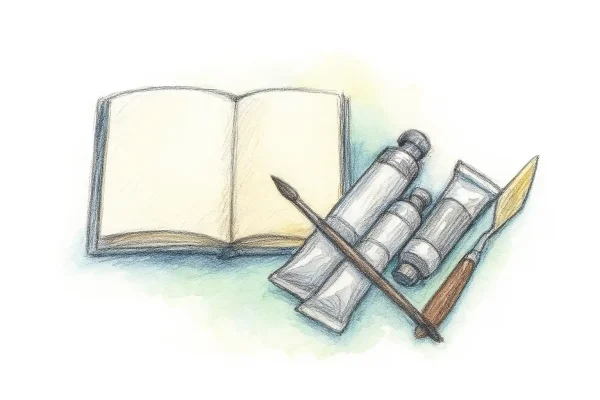Beginner’s FAQ: Acrylic Painting with Maya Brooks
1. Do I need special brushes for acrylics?
Yes. Choose synthetic brushes made for acrylics — they’re springy, durable, and easy to clean.
2. Can I use acrylic paint on paper?
Yes, but use heavyweight acrylic or mixed-media paper (300gsm or higher) to prevent warping.
3. Do acrylics dry quickly?
Yes — usually within 5–20 minutes. To extend drying time, use a retarder or stay-wet palette.
4. Can I mix acrylics with water?
Yes, but sparingly. Too much water weakens the paint film. Use a medium for better consistency.
5. How do I make acrylics look like oils?
Use a gloss or slow-drying medium and paint in thicker layers. Heavy body paints like Golden give an oil-like finish.
6. Do I need to varnish acrylic paintings?
It’s optional but recommended. A varnish like Winsor & Newton Professional Gloss Varnish protects against dust and UV damage.
7. Can I paint over dry acrylics?
Yes — acrylics dry permanently and form a solid base for layering new paint.
8. Are acrylics safe to use indoors?
Absolutely. They’re water-based, non-toxic, and easy to clean up with soap and water.

